23 Best Exercise for Flat Feet
Table of Contents
Introduction
Exercise for flat feet is an essential part of your overall treatment program along with foot braces that support the arch of the feet.
Flat feet condition is commonly known as pes planus or (fallen or collapsed arches). It is a relatively common disease that can affect up to 30% of the population and cause symptoms in every decade of those people. Usually, both legs are affected, but it is possible that the arch has collapsed in only one leg. Flat feet are caused by a number of conditions, including injury, obesity, and arthritis. Aging, genetics, and pregnancy can increase the chances of flat feet. flat feet also develop if you have a neurological or muscle disease such as stroke, muscular dystrophy, or spina bifida.
It is important to manage flat feet properly because they can cause pain in the ankle sometimes the hip or knee joint pain, stress on the other joint, and imbalance or difficulty in walking. Addressing a sense of well-being can help balance the entire body. It can help solve other problems in your body caused by flat feet.
Here are some exercises to help correct a fallen arch and reduce pain. purpose to do these exercises at least three times a week. Ideally, you can fit them into your daily routine and complete them throughout the day. Focus on lifting, strengthening, and lengthening your arches as you perform these exercises. Start with the stretching exercise which provides stretch to the foot muscles and provides flexibility to the muscles. And then you can add the mobility exorcise which included toe extension, and toe flexion movement of all ankle joints. The mobility exercise increases the mobility of the muscles or joints. Flat feet-strengthening exercises can help decrease or eliminate pain problems.
Types of Flat Foot
Flexible flat foot: this condition is mostly seen in children or affect the foot of children. When the child took a standing position the arches of the foot will disappear. During sitting or walking on tiptoes the arches will be visible.
Rigid flat foot: when a person has a rigid flat foot, they will not have arches regardless of whether they are placing weight on their foot, such as when standing. this condition is seen in children and developed in adults.
Causes of Flat Feet
sometimes having flat feet condition it can be genetics. while this condition some people have very high arches, while others have very low
arches because of flat feet. increase the chances of flat feet including:
Broken bones in the foot
Cerebral palsy
Diabetes
Down syndrome
Obesity
High blood pressure
Pregnancy(developmental anomalies after pregnancy)
Rheumatoid arthritis
Achilles tendon injuries(tear of tendon or overuse of or other damage of tendon)
After injury of the foot
Uneven distribution of body weight
Symptoms of Flat Feet
Leg cramps
Muscles pain(aching or fatigue)in the leg
Pain in the arch, ankle, heel, and sole of the foot
Pain when walking or chances in your locomotion(pattern of walking)
Toe rolling (front part of the foot and toes point outside of foot)
Swelling may occur inside the ankle
Abnormal stress on the knee and hip may result from pain in the joints
Pain, swelling and stiffness affect the commonly(ankle, arches of foot, calf, knee, hip, lower back, lower legs)
Difficulty in walking and running
Risk factors of flat feet
Flat feet increase the chances of this condition or problems including:
Arthritis
Bone spur
Hallux valgus or corns and calluses
Lower back pain
Shin splints
obesity
Diabetes
Aging
The Best Exercise for Flat Feet
Towel Scrunch
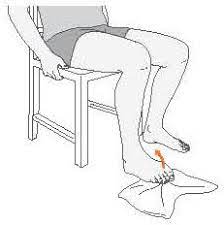
The towel exercise is a simple exercise that strengthens the arch. This requires you to remain seated and use one towel. Start by sitting on a chair and place a towel evenly over the base of your feet. Grab the towel using only the muscles of your toes until you can no longer pull the towel down your leg. It is recommended to do two sets of this exercise on each leg, starting once a day with a regular bath towel. Once you feel comfortable, you can start increasing the number of sets you do. You can be performed 10 times per session performing 3 sets per day. performed in a pain-free range.
Stair Heel Raises

the stairs heel raise you have to performed Stand partially on the step so that only your toes and balls of feet are on the step. Push in slowly and lift the heel of your foot into the air.
Hold for a few seconds, then relax and lower your legs back down. For this exercise to be effective, you must resist the urge to drop your heels down the stairs. Start with 10 stair lifts in one set and aim for 3 sets a day without pain.
Toe Extension
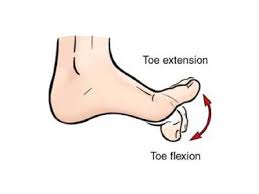
The toe extension exercise can be done actively or passively. This is a very simple and easy-to stretcher, the toe stretch focuses on the muscles at the top of the foot that help control the movement of the toes. Gently squeeze your toes until your knuckles are visible and hold for 20 seconds. Repeat the stretch 3-4 times during your workout to improve strength and flexibility.
You can be considered this exercise for mobility purposes or flexibility purposes. without hold it is work or increases the mobility of the toe.
Towel Stretch or Achiles tendon streching

The towel stretch exercise required a towel or napkin. Stretching with a towel can stretch the Achilles tendon and relieve tension or inflammation in these tendons. Start by sitting on the floor and wrap a towel around your legs.
Make sure your body and knees are straight and start pulling the towel towards you until you feel a stretch in your Achilles tendon. Hold this position for around 30-60 seconds which is necessary for the stretching exercise and then release the movement.
Repeat this stretch 10 times per session with proper grip and 3 sets per day.
Heel Raise
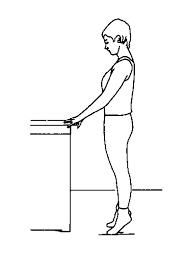
For the heel raise take a standing position with both your feet flat on the floor you can hold onto something if you need the support. you can take support of the chair. place the chair in front of you. Push your toes and take the standing position.
Hold this position for five to ten seconds then gradually took your natural or original position. You can make this more challenging or in a progression period placing a small object between your ankles and holding it throughout the movement, your purpose should be complete 3 sets of heel raises 10 times a day.
Plantar Fasciitis Stretch
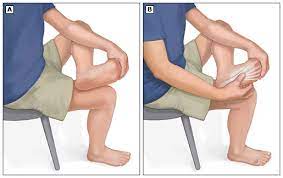
For the planter facia stretch, you can take the supine position. and then physiotherapy should stabilize the lower end of the foot or calcaneum part of the foot and then stretch all fingers which provide the stretch (hold the stretch for about 30 -60 seconds which is necessary after that during the progression stage you can also increase the duration of hold) to the planter facia. another method is that you can also place a tennis ball or foam roller in front for more comfort and support. Hold the stretch for ten seconds. purpose to repeat this exercise 10 times per set, 3-4 times a day.
Toe Crawling
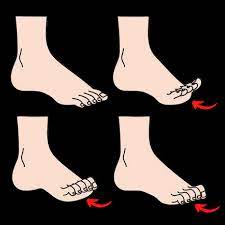
For the toe crawl, you can begin by sitting up straight in a chair with both feet on the ground.
Press your toes as you are trying to grab the ground, Now pull your all toes the way forward, as if your legs were crawling. You can do this for as long as you feel comfortable with both legs, but make sure you do not use your leg muscles to push your legs forward – “crawling” should be done by your foot fingers only. purpose to repeat this exercise 20 times per set, 3-4 times a day.
Calf Stretching
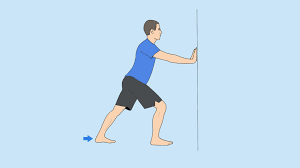
The calf is a muscle group located on the posterior part of the lower leg. Flat feet and overpronation can be caused by the foot compensating for limited ankle flexibility due to calf strain. I used several calf stretches in my program. This picture shows a straight-leg calf stretch. Stand facing a wall and place both hands on the wall for balance. Extend your leg behind you so that your knee is straight and your toes point forward. Keeping your back leg straight and heel firmly on the ground, gently lean forward until you feel a stretch in the calf of your back leg. Hold the stretch for 30-60 seconds which is necessary. Repeat 4 times on each leg and performed 3 sets per day.
Arch lifts

For the arch lift exercise to make a bow, start from a standing position with your feet directly under your hips. Make sure your toes are in contact with the floor, always rolling your weight against the outer edges of your feet as you raise your arches as much as possible.
Then release the leg back down. You will train the muscles that help lift and support your arch.
2-3 sets of 10-15 repetitions were performed.
Toe Yoga

The muscles that control the toes are often underused and often lack strength and control. Improving the capability helps for increasing the strength of foot muscles which are needed to stabilize the anterior part of the foot against the ground or floor. Lift the big toe up by pressing the other 4 toes. Hold for 5 seconds. Press the big toe towards the ground while lifting the other 4 toes up. Hold for 5 seconds. Repeat the set 10 times on each leg.
Stair arch raises
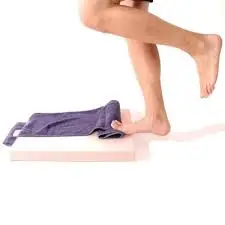
For stair arch raise exercises you required stairs or a wedge then you can stand on the stairs with your one foot one step higher than your other foot. Use your left leg for balance as you lower your right leg so that your heel hangs below the step. gradually lift your one heel as high as possible, considering the strengthening of the arch muscles. Roll the arch inward as the knee and shin rotate slightly to the side, making the arch higher. Slowly lower back to the starting position. Repeat 2-3 sets of 10-15 reps on each side.
Toe raises
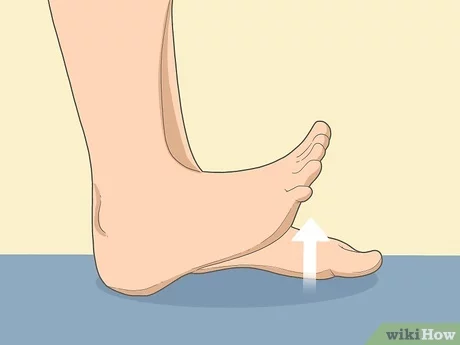
For the raises exercise take a standing position. alternatively, you can try doing this exercise in a standing yoga pose, such as a tree pose, forward bend, or standing split. during standing, press your right big toe towards the floor and raise the other four toes. Then give mild pressure by all four fingers towards the floor and lift only the big toe .performed 5-10 repetitions in each direction, holding each lift for 5 seconds. Then do the exercise with the left leg.
Ankle Plantar Flexion Isometrics
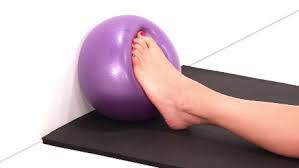
The ankle planter flexion isometric exercise increases the strength of the foot muscles. for this exercise, you can take a long sitting position on the mat or plinth and then Place your one foot resting on a towel on the wall. Push your foot toward the towel. you can perform 15 repetitions with rest or without rest. this exercise provides strengthen the muscles gastronomes and soleus.
Inward Turn Calf Heel Raise
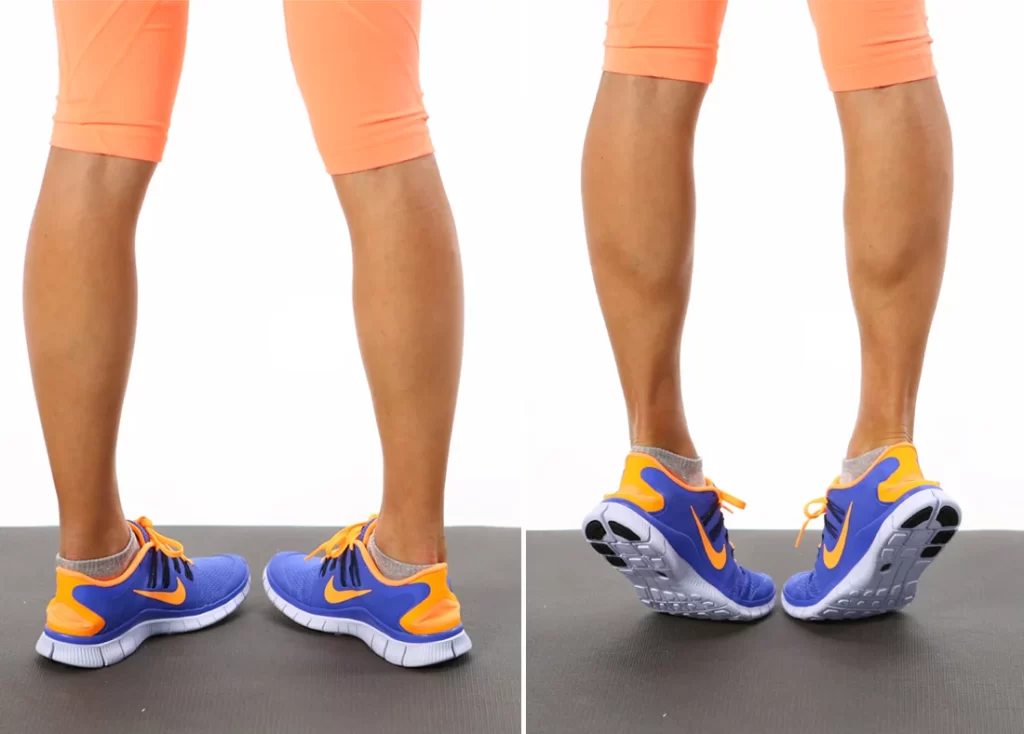
For an inward turn calf heel raise take the Standing position and place your heels towards each other, but keep your toes separated. raise your heels up, and place your weight through your toes. Hold this position, for five to ten seconds then return to the original position. Repeat as required. This exercise is great work for the balance of ankle and calf muscles strengthening. you can perform 15 repetitions with rest or without rest.
Calf Heel Raise One Leg
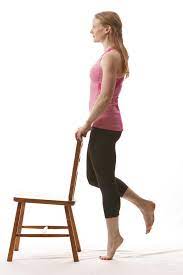
For calf heel raise stand upright on one leg. gradually raise up onto your toes, and control the movement back down. you can put the table in front of you for support or hold the wall or table for support. This exercise will strengthen the muscles of the calf and provide balance to the ankle joint. You can perform 15 repetitions with rest or without rest.
Tip Toe Walking
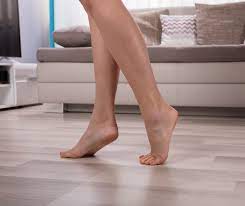
For tip-toe walking you should Walk on tiptoes. It is a fantastic foot, ankle, and leg strengthening exercise for the ligaments and muscles. It also helps improve balance. You can do three to five rounds of toe walking per session. you can add barefoot or sand walking in the progression period of this tip-toe walking exercise. Tip-toe walking is a balance exercise for the ankle joint. Which provides stability and balance to the ankle joint.
Heel Walking
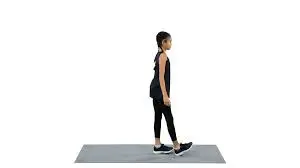
During heel walking, you should walk forwards on your heels. the heel walking exercise will make stronger the heel muscles and also improve the balance of the ankle joint. Use a wall for support if you required support for the exercise. You can do three to five rounds of toe walking per session. for this exercise, you can also add the barefoot exercise or sand walking exercise during the progression of this exercise.
Foot Roller or plantar fascia massage
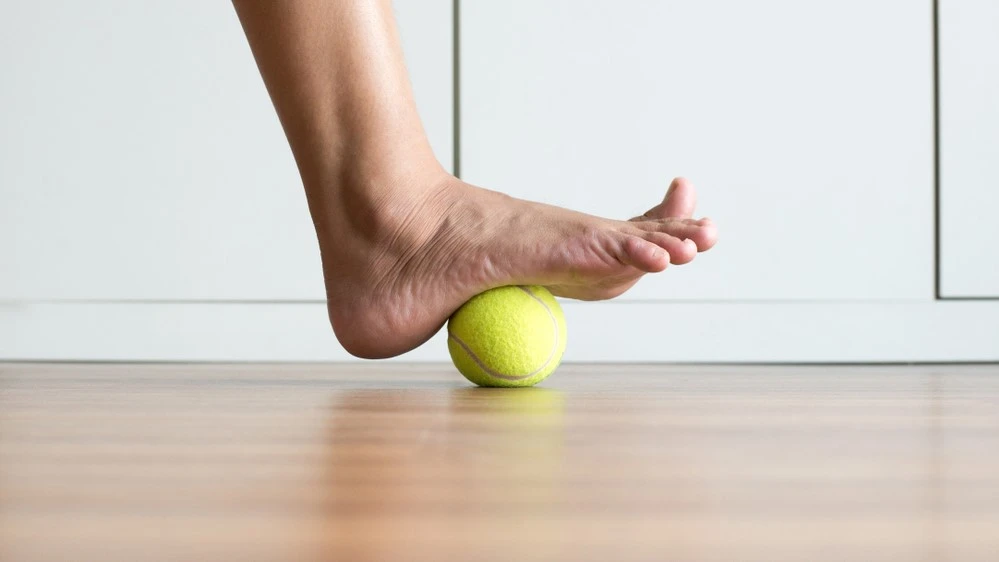
For the foot roller, you required a foam roller or ball now seated on the chair with or without the support, and place a foot roller or a frozen drinking can under your foot.
Provide moderate pressure and push down on the ball or the can with the ball of your foot then roll the roller(in a circular motion) back towards your heel. it reduces the soreness of the arch and also provides relaxation to the planter facia. You can do this massage for five minutes in a circular motion.
Barefoot(sand walking)
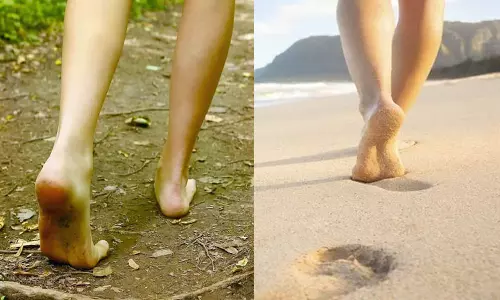
Barefoot exercises provide strength to the foot muscles. you can walk on the sand around the beaches without shoes. Studies have shown that walking barefoot can strengthen the muscles, bones, tendons, and ligaments of your feet. You can walk barefoot in the park, on the beach, and even use a foot massage mat to exercise your feet.
Arch muscle strength exercise
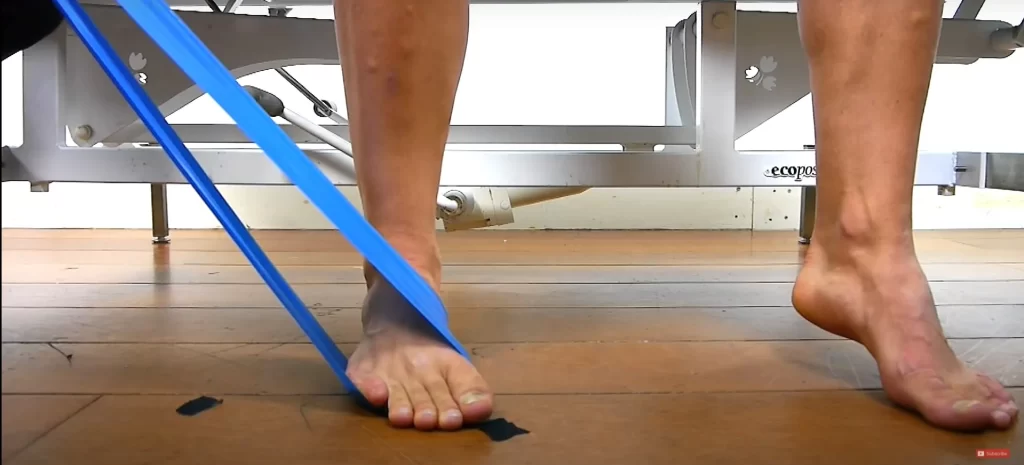
For arch muscle strength exercise you require a resistance band this band provides the strength or resistance against the movement.
Start with the Sitting position then cross your knee and involved foot over the other thigh.
Then Wrap a resistance band around your foot. With your hands, then lift your foot upside.
Lower the foot back to the original position slowly against the pull of the band
Marble pickup

this exercise is one type of strengthening exercise for the foot muscles. for this exercise, you require a bowel and some marble. start with the Sitting position with your back straight with your feet flat on the ground.
Place 20 marbles (or small objects) and a small bowl on the floor in front of you.
now carry the marble by using your toes and keep it in the blank bowl. you should carry one marble at one time.
Repeat with the other foot. performed 14-15 times per session.
Heel raise with scrunch
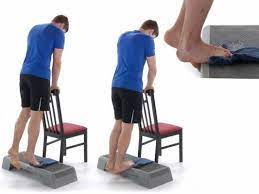
For heel raise with scrunch exercise you required a wedge and the napkin and also required a chair for support purposes.
Now you can put the ball of the involved foot on a wedge on a towel.
Scrunch or curl the towel with your toes and lower the heel toward the surface below the horizontal.
To go up, use only the opposite leg then transfer all the weight to the involved leg and then back to the normal or original position.
Regular ice
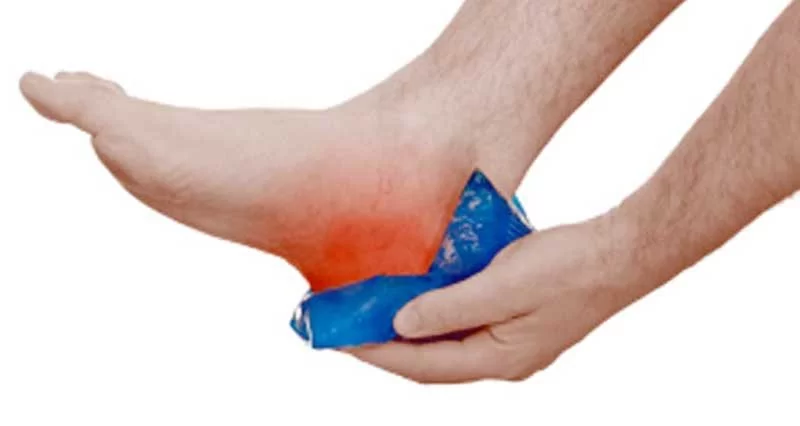
Regular use of ice can help reduce the pain and infection caused by flat foot
Often, applying ice to the lower back of the heel is an excellent remedy for heel bursitis. It helps reduce pain and infections and should be used several times a day.
Visit the Ice Remedy segment to learn the great uses of ice and how to use it expertly and effectively—it is no longer as easy as just sprinkling on a bag of frozen peas.
How to avoid developing flat feet
There are no specific sports activities or specific exercises which can prevent the development of flat feet.
However, you can stop some risk factors which cause chances of developing this condition the following:
Stay or maintain a healthy weight from regular exercise of the whole body and consuming a healthy diet —
we know obesity can increase the chances of pes planus conditions.
People with diabetes disease need to try to keep maintains their sugars under control.
Take care of your footwear choice Avoid flat or heel-type footwear for daily wear you should select properly fitted footwear, especially if your work is related to this activity such as walking or prolonged standing.
Try to keep control or maintained your inflammatory condition (such as rheumatoid arthritis).
Wear quality footwear and avoid cheap footwear.
Sometimes pes planus in hereditary conditions can not treat so only you can prevent this factor or do regular exercise to maintain normal arches…
There are some ideas to prevent flat feet and other ways to help with the symptoms.
However, there is no other way to prevent the condition completely.
Rebuild Arches in Flat Feet Home Remedies
As discussed above, flatfoot condition does not always require proper treatment.
If you are experiencing mild symptoms of a flat foot, you can practice the following this type of treatment at home remedies:
Take rest If possible: Avoid physical activities or sports If a particular activity aggravates the pain in your feet or any symptoms of the foot. Instead, rest your foot and apply ice to the painful areas the cryotherapy includes the ice massage for 3-4 hours three times per day.
Maintain a healthy weight: If you have recently developed pain and discomfort from flat feet, you need to lose weight. additional weights to avoid complications.
Replace Old Worn Out Shoes: Your old shoes can increase your anxiety. If you start to feel pain and discomfort in your legs, buy custom shoes for arch support.
Follow these tips for your healthy flat feet
Avoid flats footwear
These all-flat clip-on style sandals may look great on the beach this summer, but they’re not the best for your feet.
Make sure your shoes have an arch
generally, you required a shoe that supports the natural shape of your arch—not too flat or too high. You may need to experiment with a few different shoe brands to find a shoe that provides support without painfully digging into your foot.
Try shoe inserts if you don’t want to buy new shoes
If you are satisfied with your choice of shoes but are still experiencing pain, the next step in treatment is to look at the cleats.
Get shoes designed for your activity
For active types, Dr. Neelam recommends choosing shoes that are made for the activities in which you participate the most. If you are a runner, get good running shoes; if you play tennis, choose comfortable tennis shoes. If you are just starting to exercise and aren’t sure what to do, invest in cross-trainers. These versatile shoes support your feet in lateral movement sports (think soccer and basketball) as well as normal running and walking.
Orthotics
An orthotic is a mechanical device that gives you support to maintain the alignment and the musculoskeletal problems. (including bones, muscles, and ligaments. wearing supportive shoes and using orthotics such as cushioned inserts and heel supports which provide the
pain relief. there are some best insoles for flat feet
Superficial high arch orthotic support insoles
Power step low arch support insoles
Samurai insoles arch support shoe insoles
Super feet blue medium arch foam insoles
A Note from Samarpan Physiotherapy Clinic
Flat feet condition occurred when the patient has a minimum or absence of foot arches. and the flat foot developed difficulty in walking or stress full walking. sometimes the flat foot developed abnormal locomotion(walking pattern) and this abnormal walking pattern give pressure on the anther joint of the lower extremities such as the hip joint, knee joint, and ankle joint. During flat foot conditions, you suffer from pain, tenderness, leg cramps, and swelling.
For the treatment you are direct consult with the physiotherapist, you can also visit our sampan clinic. Start with the stretching exercise which provides stretch to the foot muscles and provides flexibility to the muscles. And then you can add the mobility exorcise which included toe extension, and toe flexion movement of all ankle joints. The mobility exercise increases the mobility of the muscles or joints. Flat feet-strengthening exercises can help decrease or eliminate pain problems. If you have acute pain, we recommend medicine nonsteroidal anti-inflammatory drugs (NSAIDs).
You can also take benefit from custom-made orthotics for your shoes. These provide additional arch support such activity standing, walking, and exercising.
FAQs
Ten Best Flat Feet Exercises | Strengthening Fallen Arches …
This is the great Exercises For Flat Feet condition and Fallen Arches
Towel Scrunch. The towel curl is a simple and easy exercise that provides strength to the arches of the foot. …
Stair Heel Raises. (you required stairs for this exercise)
Toe Extension. …
Towel Stretch. …
Stork Stretch. …
Foot Roller. …
Heel Raise. …
Plantar Fasciitis Stretch.
Yes, you can correct the flat feet you should regularly perform some exercises such as heel stretches may help reduce pain and correct fallen arches. pes planus is also known as fallen or collapsed arches. It is a relatively very common condition that can affect up to 30 percent of the population, causing symptoms in 1 in 10 of these people. except for exercises you can use the orthosis for the flat feet which provide the proper anatomical structure to the feet.
Pes planus
fallen or collapsed arches
The Pus planus also known as flat foot, these condition feet have excessive pronation, cause of this position ankle is unable to stabilize the body, which reduces the ability to absorb shock properly the speed of running is not affected but during running you can feel more pressure on the other joint of a lower extremity such as hip joint, knee joint, and the ankle joint.
Hallux valgus, corns, and calluses these deformities can result from flat feet because the condition causes parts of your feet to rub uncomfortably against your shoes, leading to corns and calluses, while overpronation (when your foot flattens and lands on the ground in an imbalanced way), can lead to the development of a hallux valgus deformity.
Living With Flat Feet is normal which is not a big deal you can also live a normal life with a flat foot While many people have flat feet and do not experience any negative effects of this condition, others may find symptoms such as they have foot pain, fatigue easily, or have an abnormal walking pattern. sometimes while flat foot makes the cause of foot pain.
Arch lifts. Arch lift exercises focused or work on maintaining the structure of your arch and providing the strength of the aches of your foot.
Heel raises. Heel raises are a very easy and simple exercise for this condition you can perform anywhere. …
Marble pickup. Marble pickup is a great exercise for strengthening the intrinsic muscles of your foot(Abductor Halluces, Quadrates Plantae, Flexor Halluces Brevis, the Interosseous Muscles)
Toe lifts. …
Calf stretch. (soleus muscles)
Men and women with flat feet should generally avoid shoes that offer little or no arch support, such as flip-flops, thin or flat-soled shoes, and certain types of high heels. Look for shoes that provide the support you need to safely participate in physical activity. You can also avoid prolonged standing because it developed more pain.
There are many disadvantages to having flat feet. For example, people with flat feet are prone to back pain and may lack of stability in physical activities such as running or walking. or all over the body, distribution is uneven and develops more pressure on certain joints such as the hip joint, knee joint, and ankle joint.

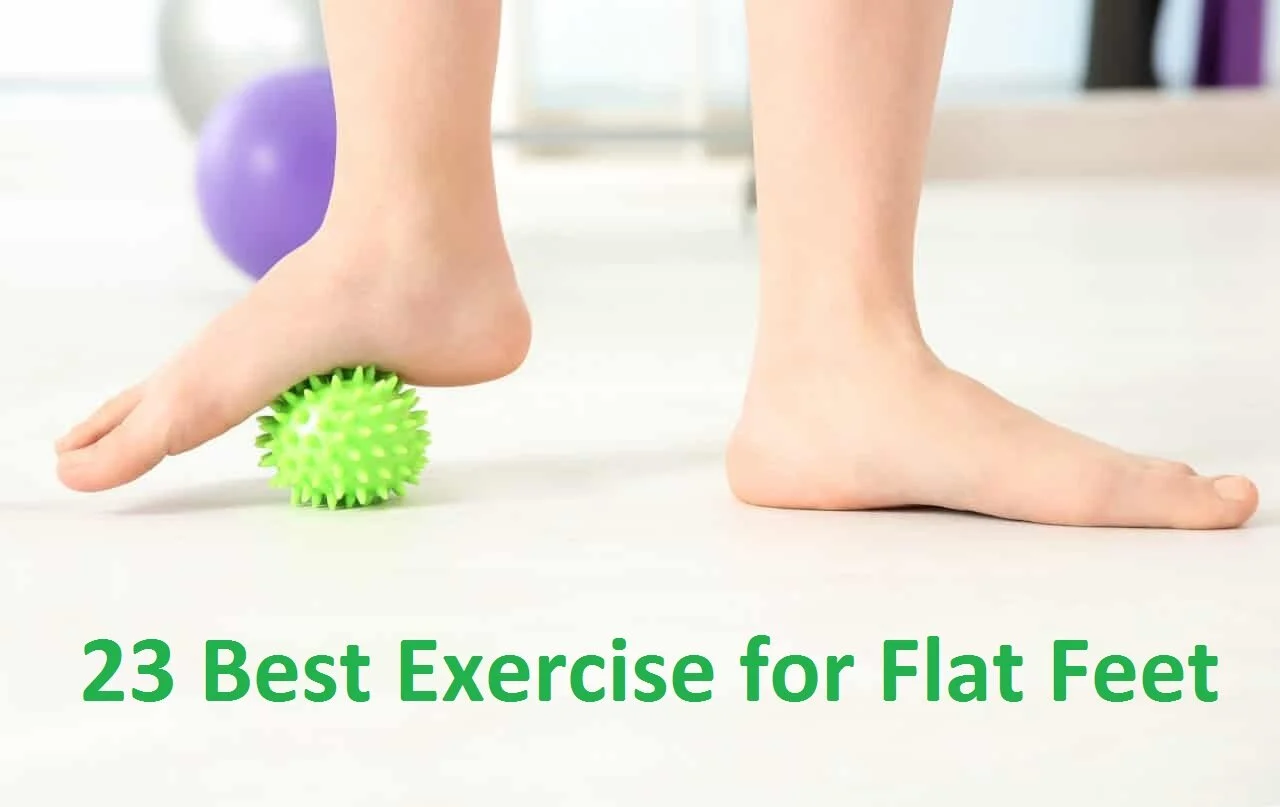
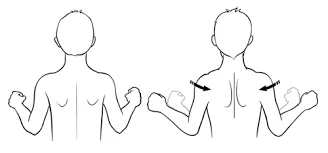
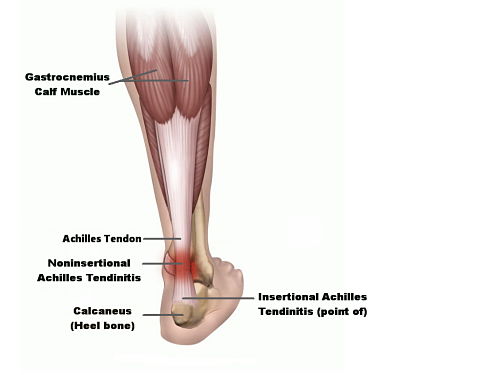
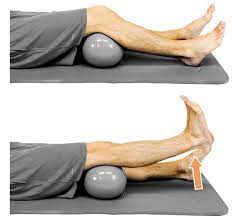
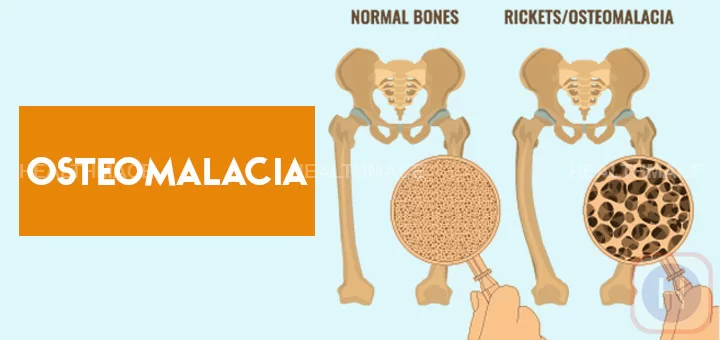

One Comment